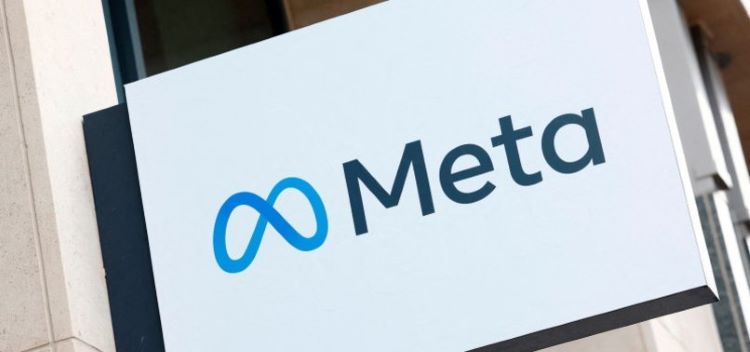Anamika Dey, editor
Brief news
- Texas state officials have accused SpaceX of violating environmental laws by dumping contaminants into or near waterways at its Starbase launch facility in Boca Chica.
- The Texas Commission on Environmental Quality (TCEQ) received 14 complaints alleging environmental impacts from SpaceX’s deluge system.
- SpaceX may face civil monetary fines, further investigations, and criminal prosecution if notices of violation delay approvals for future missions.
Detailed news
Texas state officials have accused Elon Musk’s SpaceX of violating environmental laws by regularly dumping contaminants into or near waterways. The infraction focuses on the company’s Starbase launch facility water deluge system.
The Texas Commission on Environmental Quality (TCEQ) letter last week came five months after the EPA Region 6 office, which encompasses Texas and adjacent states, notified SpaceX its actions violated the Clean Water Act.
The Harlingen, South Texas, TCEQ office received a complaint on Aug. 6, 2023, near Starbase in Boca Chica. The lawsuit claimed SpaceX was “discharging deluge water without TCEQ authorization.”
“The regulator stated in the document that the Harlingen region received 14 complaints alleging environmental impacts from the Facility’s deluge system.”
Aerospace businesses like SpaceX must follow state and federal rules to get FAA approval for future missions. SpaceX wanted to launch and land its Super Heavy rocket and Starship spaceship in Boca Chica once a year, up to 25 times. SpaceX may face civil monetary fines, further investigations, and criminal prosecution if notices of violation delay approvals.
After this story was published, SpaceX said in a long post on X that regulators have allowed it to continue rocket operations despite the infraction notifications.
“We have explicitly inquired about the necessity of ceasing the operation of the deluge system during our ongoing collaboration with the EPA and TCEQ, and we were informed that operations could continue,” SpaceX said.
Neither agency responded to CNBC’s SpaceX disclosure questions.
Rapid reconstruction
On July 25, 2024, a TCEQ environmental investigator performed a “in-house compliance record review” to see if SpaceX was in compliance with effluent standards. The examination found that SpaceX released industrial wastewater four times without a permit between March and July.
Water deluge systems with flame deflectors disperse heat, vibration, and energy from orbital test flights and rocket launches. SpaceX did not install such system at Boca Chica before testing Starship, the biggest rocket ever built.
SpaceX is building Starship to take people and equipment to the moon. Musk’s grandiose proposal to inhabit Mars if achieved. SpaceX’s concrete launchpad was demolished by Starship’s booster energy on its first test flight in April 2023, and the spaceship exploded in midair.
A 3.5-acre fire destroyed Boca Chica State Park Land south of the launchpad, and concrete was dumped onto a breeding and migratory location for numerous endangered species. Environmental groups sued SpaceX and the FAA, which permitted its flights.
SpaceX refurbished the launchpad and fitted a new water inundation system to avoid another eruption as Musk called for another orbital test flight within one to two months. The inspectors said the firm skipped a permitting procedure that would have required it to meet pollutant discharge limits and define its wastewater treatment approach.
SpaceX first tested the water inundation system at full pressure in July 2023. After one month, the EPA began an inquiry into the company’s wastewater emissions and other issues on Aug. 25, 2023.
According to CNBC records, the government sent SpaceX a formal notice of infringement on March 13.
SpaceX conducted its third Starship test flight on March 14 using its unlawful water deluge system at the launch pad, despite receiving the EPA notice the day before.
Musk seemed delighted as the test flight set new business milestones. NASA administrator Bill Nelson praised SpaceX for “a successful test flight!” despite the rocket’s loss over the Indian Ocean.
On the ESG Hound blog, environmental engineer Eric Roesch predicted that SpaceX will need a water inundation system at the launchpad before Starship’s maiden test flight. His blog is on business and sustainability. He was also among the first to condemn SpaceX for using such a technology without permission.
After the authorities warned SpaceX of its environmental violations, Roesch believed continued launch activities at Starbase put the firm at danger. She revealed this in an interview.
“Additional investigations and criminal charges for the company or any of the individuals involved in authorizing the launches could be initiated by additional wastewater discharges,” said he.
Decades of offenses
SpaceX must apply for a permit within 30 days of receiving an EPA notice of violation, Roesch said. A copy of the company’s application from the TCEQ’s public records office shows it was submitted on July 1, 110 days later.
“They have been violating wastewater regulations for years, and they appear to be doing so with the FAA’s approval,” Roesch said.
SpaceX said Monday that the flooding mechanism “does not cause any environmental damage.” SpaceX claims additional approvals authorize its use of the technology.
A marine biologist outside Austin, Kenneth Teague, reviewed the 483-page SpaceX permission application. Teague, a coastal planner and water quality expert with over 30 years of experience, told CNBC that the application lacked basic information on effluent temperature, volume, and outfall sites.
Teague worried about Mercury in SpaceX water flood discharge. “The levels disclosed in the document represent very significant exceedances of the mercury water quality criteria,” Teague said.
Mercury is “one of the most serious contaminants threatening our nation’s waters,” and “a potent neurological poison in fish, wildlife, and humans,” says the USGS.
Teague says “significant negative impacts” from high temperature discharges and mercury in high quantities include the loss of seabirds’ “little critters” that provide sustenance.
He said “The SpaceX application fails to address this very serious concern.”
SpaceX replied to X that their samples had “no detectable levels of mercury.” However, SpaceX recorded 113 micrograms per liter mercury at a single outfall point in their July permit application under Specific Testing Requirements – Table 2 for Outfall: 001. The state’s water quality standards limit acute aquatic toxicity to 2.1 micrograms per liter and human health to far lower limits.
Friday, CNBC contacted FAA. The agency postponed this week’s public meetings on Monday without comment. The meetings performed an environmental assessment for “SpaceX’s project to increase the number of launches and landings of its Starship/Super Heavy vehicles at the Boca Chica Launch Site in Cameron County, Texas.”
The FAA said new dates will be announced but did not explain the postponements.
Source : CNBC News




